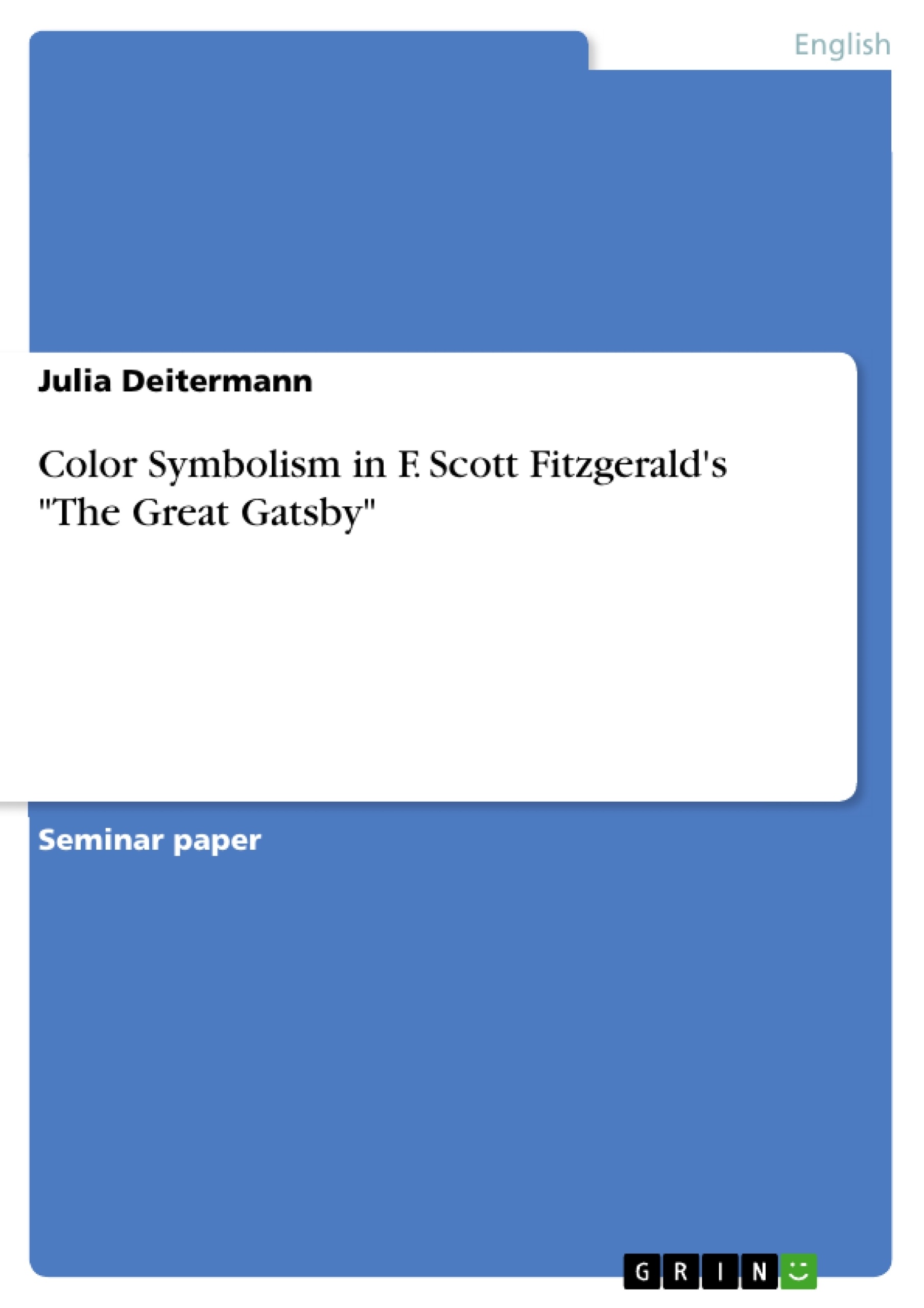

Appearance is another important factor Of Gatsby dream. This was the fatal car that kills Myrtle Wilson, a woman lacking in self-respect who craves attention and wealth, whose death indirectly leads to Gatsby own demise. The use of the symbolic automobile can be seen as a demonstration of how an ideal based on materialism alone can be destructive. The car is yellow, a color Fitzgerald uses repeatedly throughout to represent corruption and extravagant wealth. Therefore it is suited for Gatsby to own one of the most majestic cars ever created. For American’s the car symbolizes wealth and social Status.

The main theory behind the dreams is the belief that material wealth alone can bring that dream to fruition, and to this concept, Gatsby was “faithful to the end”. The American dream offers faith in the possibility Of a better life. Primarily, “The Great Gatsby’ deals with the corruption of the great American Dream, personified by Jay Gatsby, a dreamer intent on procuring the attentions of his long-time love Daisyīuchanan at any cost. The text also explores corruption, idealism, faith and the illusions Of dreams through the use Of a variety of images and symbols. On the surface, the text appears to be about love, wealth and power, yet this first impression does not do justice to the text’s many complexities and hidden depths. It was written in America during the mid-19205, a time Of moral decadence and feelings Of complacency following the conclusion of the Great War. Scott Fitzgerald “The Great Gatsby” is a text that is reflective of the Period in which it was written, the ‘roaring’ twenties. Various symbols appear throughout the respective texts that allow the reader to gain insight into character’s personalities and also add value to major themes and ideas in the texts. Scott Fitzgerald uses symbolism heavily in his text “The Great Gatsby”, as does Tennessee Williams in “The Glass Menagerie”.

Symbolism is an invaluTABLE literary tool that may be employed by authors or playwrights to aid in the development of characters or to display themes in novels and plays.


 0 kommentar(er)
0 kommentar(er)
